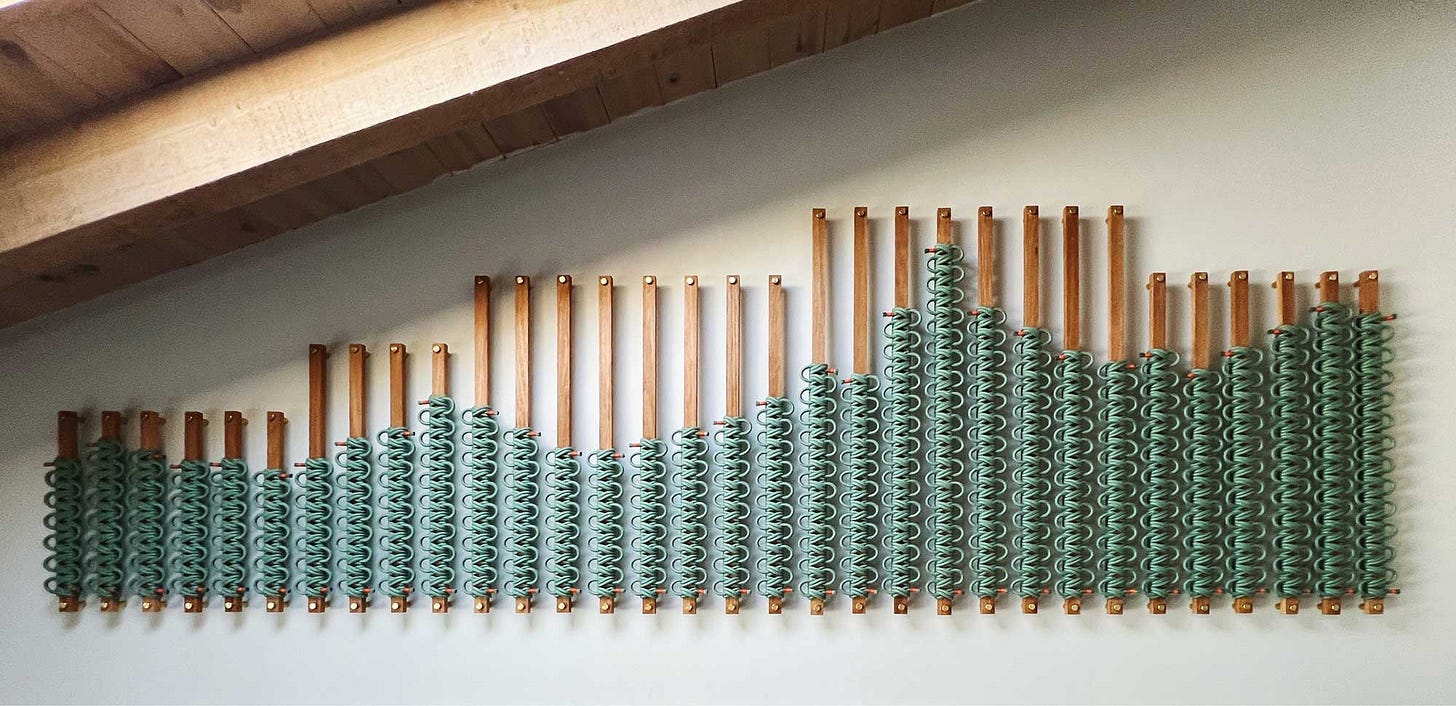Move Slow and Break Precedent
Silicon Valley taught me to worship speed.
When I was building TaskRabbit, every investor mantra was some version of “move fast and break things.” Speed was the religion. Blitzscale or die. The oxygen of the Valley was urgency.
And I bought in. I sprinted. I raised money fast, launched markets fast, hired fast, fired fast. My body eventually reminded me that humans don’t run at a sprint forever.
That’s why I found myself so moved in this week’s Breaking Precedent conversation with three artists—Tamara Rojo, Windy Chien, and Trevor Paglen. Each of them is disruptive. But none of them is sprinting. Their precedents are broken through something very different: ritual.
Tamara Rojo – Rehearsal as Rebellion
Tamara Rojo has been a prima ballerina, the head of the English National Ballet, and now the artistic director of San Francisco Ballet. But her impact isn’t just about leading. It’s about rewriting the inherited scripts inside ballet.
When she restaged Carmen, she changed the ending—because she was tired of stories where a woman gets punished for wanting freedom.
“These characters shape our view about women… about men… about ourselves,” she told me.
And she only got to that point through ritual. Years of training, rehearsing, embodying roles until—her words—she reached
“that miracle of no thought, where you can feel the audience as a group and as individuals… it’s like magic.”
The precedent she breaks is rooted in repetition.
Windy Chien – A Knot a Day
Windy Chien didn’t start her career as an artist. She worked at Apple, ran her own record store, and only later stumbled onto a life-changing practice: tying knots.
She tied one knot a day for a year. That’s it. And yet from that daily ritual came a philosophy:
“Every knot has in common the line that enters, becomes, and exits. But the journey is unique in each one.”
Her work now fills airports and office towers—giant, flowing sculptures of rope and line that take up undeniable space in environments usually dominated by glass, steel, and noise.
“My women’s work takes up space—in masculine places. It’s undeniable.”
Again, disruption through ritual.
Trevor Paglen – Patient Witnessing
Trevor Paglen’s art asks us to see what usually remains hidden. He’s photographed secret military bases. He’s mapped undersea cables. He’s trained neural networks to generate surreal portraits of faces that don’t exist.
And once, he even launched a sculpture into space—not to be owned, not to be sold, but “just so it would exist.”
Trevor reminded me that art doesn’t always comfort. It unsettles. It politicizes. It shifts what we even believe is real. As he put it:
“Generative AI might be one of those art history moments—like photography or the internet. A total shift in visual culture.”
That perspective didn’t come from moving fast. It came from decades of slow, methodical documenting. Patient ritual.
What Ritual Breaks
Their stories hit me because they fly in the face of the Silicon Valley gospel I grew up in. They remind me that the fastest break is not always the most enduring.
Yes, TaskRabbit was born from a flash of insight—a snowy Boston night, a hungry dog, a new iPhone in my hand. But it only became real through ritual: the daily coding, the hundredth pitch, the relentless calendar of board meetings, customer calls, and tiny fixes that no one outside the team ever saw.
And now, as a mother of four, I’m reminded daily that real change rarely comes in a burst. It comes in ritual. Bedtime routines. Family dinners. The steady, exhausting, grounding rhythm of showing up every day.
Speed can break things.
Ritual can break precedents.
And maybe that’s the quieter revolution we need more of.
—
👉 I’d love to hear: what’s the “ritual” in your life right now that feels small but might just be precedent breaking in disguise?

